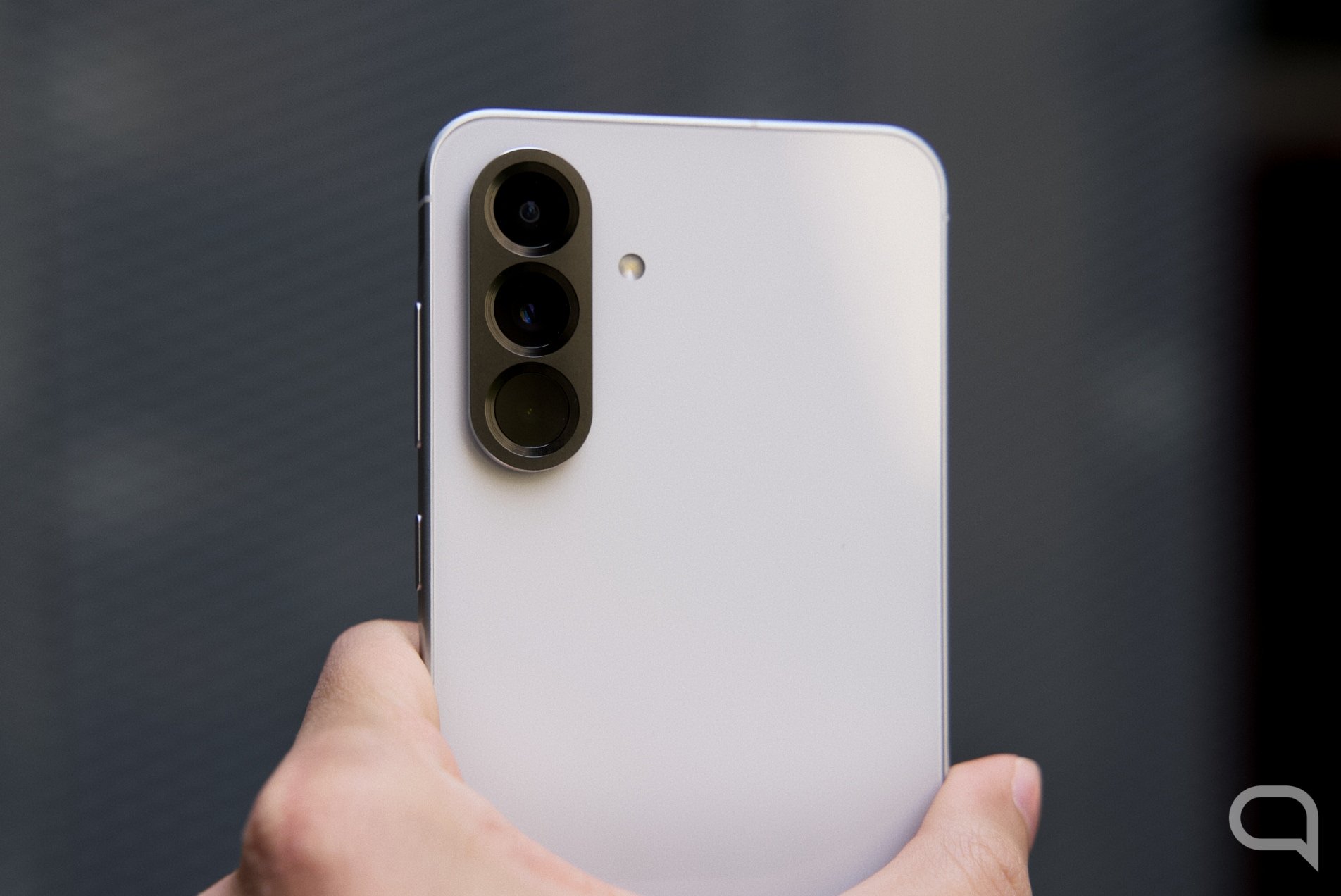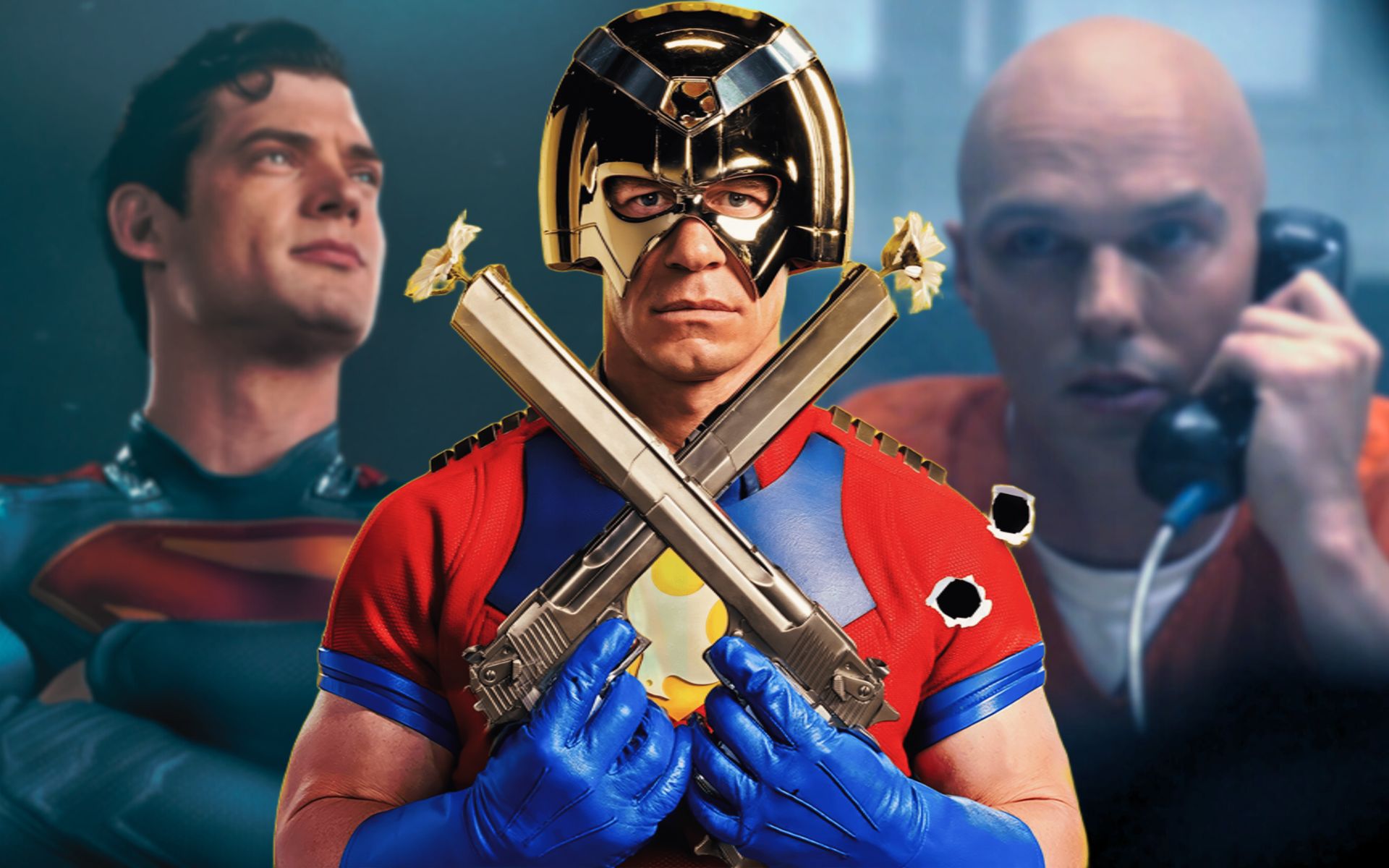*This text was written by a columnist. TecMundo; finally learn more.
About 100 years ago, the boundaries of the known Universe were limited to the boundaries of our own galaxy. Although observations of other distant galaxies were made centuries before the 1920s, there was still no reliable way of measuring distances to know whether these objects belonged to the galaxy. Milky Way.
This problem was solved in 1923 by an American astronomer, Edwin Hubble, and using the mathematical results of Henrietta Leavitt, also an American astronomer, he confirmed that the particular celestial objects observed were actually other individual and distant galaxies besides us.
However, the surprises brought by the discoveries made during this period did not end there. Belgian priest and astronomer Georges Lemaître and Edwin Hubble discovered in the late 1920s that the further apart galaxies are from each other, the faster they are moving away from each other, providing the first evidence that the Universe is expanding unlike the common one. the idea when it is static. This was one of the most important scientific discoveries of the 20th century and led to the search for the Holy Grail of Cosmology at the time: the cosmic expansion rate, technically called the Hubble constant.
In the years since this discovery, astronomers have struggled to determine what this expansion rate is worth, and what will produce the age of the Universe. This required constructing a set of methods for determining distances at large scales, using sources in the sky as accurate markers, objects that astronomers had sufficient confidence about their intrinsic luminosity, i.e. the light they emitted. .
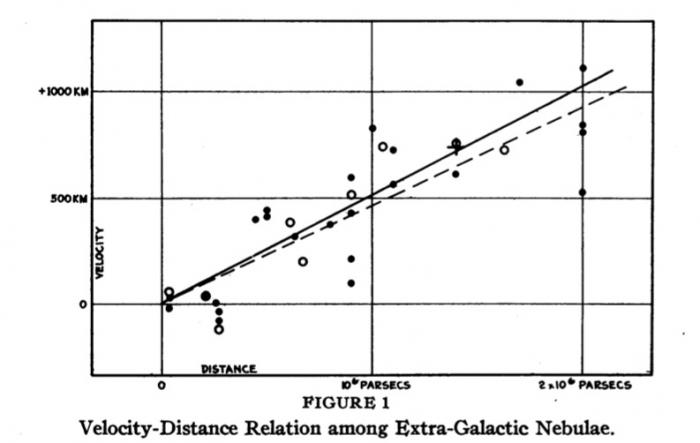
During this time, different groups using different tools and techniques measured different ratios, which has sparked a series of controversy. For example, when the Hubble Space Telescope (HST) was launched into space in 1990, observations of these celestial signs led to such an uncertain rate of expansion of the Universe that its age could have been estimated at 8 billion years or 20 years. billion years.
This situation improved significantly with the data brought by the HST, and led to the discovery in 1998 that this expansion was accelerating, that is, accelerating as time went on. The reason for this acceleration seems to be what we call dark energy, a mysterious source of driving force.
In addition, over 30 years of painstaking work using the extraordinary observing power of the HST, several teams of astronomers have improved the estimate of the Hubble constant and reduced its uncertainty to about 1%. This can be used to predict that the Universe is about 13.8 billion years old and will double in 10 billion years.
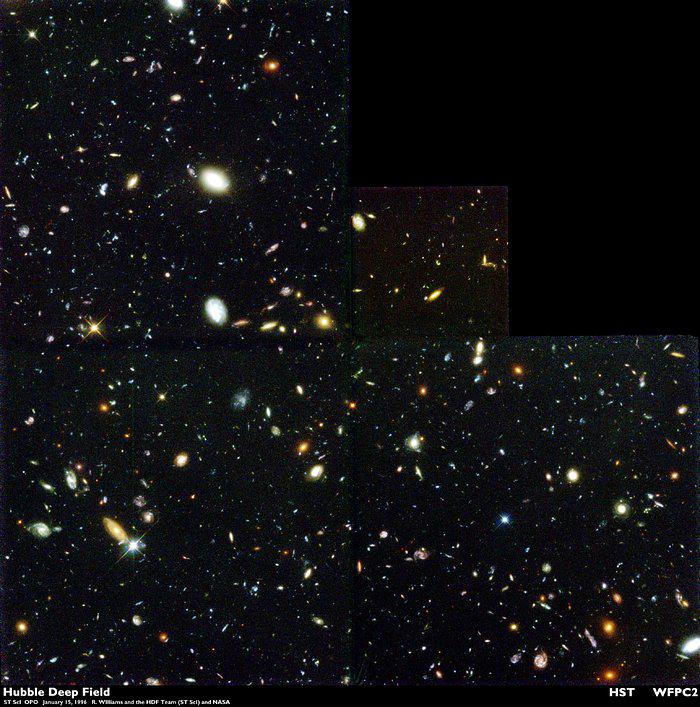
However, there is still a discrepancy between the expansion rate measured in the local universe and the expansion rate obtained by independent observations of the universe shortly after the Big Bang. At a superficial glance, this discrepancy may seem minor because the predicted values are relatively close to each other, but from a theoretical point of view, besides giving cosmologists a huge headache, the cause of this discrepancy remains a major problem. It could be about something strange and completely new that can produce mystery and unprecedented physics.
This issue remains a mystery as the expansion rate is predicted to be slower than the HST data actually shows. By combining the Standard Cosmological Model, the main theoretical model describing the Universe, with measurements from the European Space Agency’s (ESA) PLANCK mission observing the cosmic microwave background, astronomers predict a lower value for the Hubble constant than the HST estimates. data.
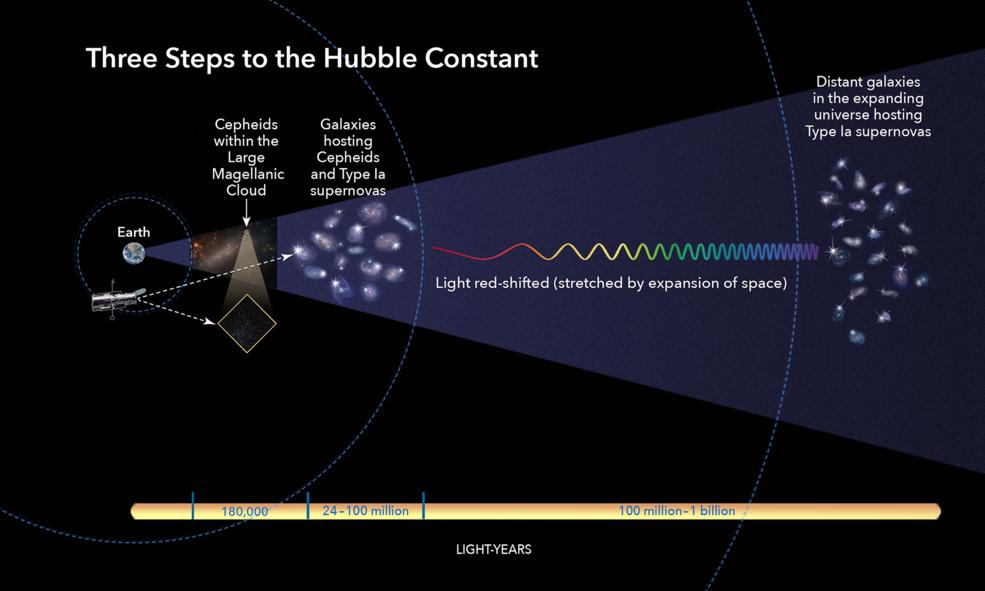
The problem is that because of the volume of data observed with the HST, there’s only a one-in-a-million chance that the team of astronomers working with this data will be statistically wrong.
Future chapters of this story should be written when NASA’s new James Webb Space Telescope (JWST) is fully operational. JWST will expand Hubble’s work, observing celestial signs at even greater distances and with a higher resolution than its predecessor could achieve, bringing new discoveries and, who knows, new problems.
Nicolas Oliveiracolumnist TecMundoHe holds a bachelor’s degree in Physics and a master’s degree in Astrophysics. Professor and currently doing his PhD working with galaxy clusters at the National Observatory. He has experience in Teaching Physics and Astronomy and researching Extragalactic Astrophysics and Cosmology. He works as a scientific dissector and communicator for the dissemination and democratization of science. Nicolas is found on social networks as: @nicooliveira_.
Source: Tec Mundo
I am Bret Jackson, a professional journalist and author for Gadget Onus, where I specialize in writing about the gaming industry. With over 6 years of experience in my field, I have built up an extensive portfolio that ranges from reviews to interviews with top figures within the industry. My work has been featured on various news sites, providing readers with insightful analysis regarding the current state of gaming culture.


